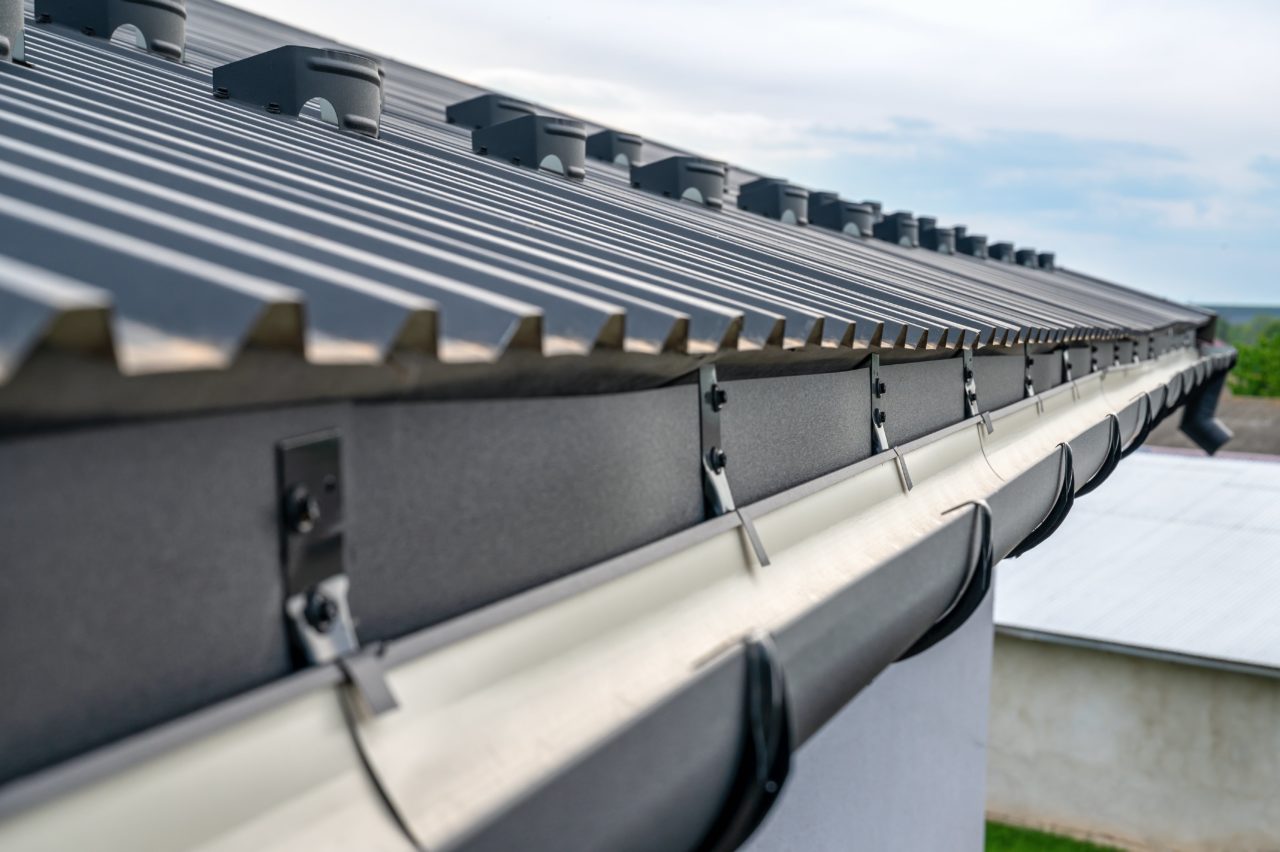

Articles
How Much Overhang On Metal Roof For Gutters
Modified: October 18, 2024
Looking for articles on how much overhang on a metal roof is needed for gutters? Find all the information you need right here.
(Many of the links in this article redirect to a specific reviewed product. Your purchase of these products through affiliate links helps to generate commission for Storables.com, at no extra cost. Learn more)
Introduction
Welcome to our comprehensive guide on the importance of overhang on metal roofs for gutters. If you’re considering installing gutters on your metal roof, it’s crucial to understand the significance of proper overhang to ensure the optimal functionality and longevity of your gutter system.
Metal roofs are known for their durability, longevity, and resistance to harsh weather conditions. However, without proper drainage management, even the sturdiest metal roof can encounter issues such as water damage, leaks, and corrosion. That’s where gutters come into play.
Gutters play a vital role in channeling rainwater away from the roof, preventing water damage to the building’s foundation, walls, and landscaping. When it comes to metal roofs, having an appropriate overhang is essential to successfully capture and redirect the water towards the gutters.
In this article, we will delve into the details of why overhang is crucial for metal roofs with gutters, factors to consider when determining the overhang measurement, recommended overhang measurements for different gutter types, installation tips, and common mistakes to avoid. So, let’s dive right in and explore how to ensure your metal roof and gutter system work harmoniously.
Key Takeaways:
- Proper overhang on metal roofs is crucial for effective gutter functioning, preventing water damage, and enhancing curb appeal. Consider roof pitch, gutter type, and local regulations for optimal overhang measurement.
- Avoid common mistakes in overhang measurement, such as inaccurate measurements and ignoring local building codes. Consult professionals and consider rainfall and gutter capacity for accurate overhang on metal roofs.
Read more: How To Install Gutters On Metal Roof
Understanding Metal Roofs and Gutters
Metal roofs have gained popularity in recent years due to their durability, energy efficiency, and sleek appearance. They are commonly made of materials such as steel, aluminum, or copper. These roofs are designed to withstand various weather conditions, including heavy rain, snow, and strong winds.
Gutters, on the other hand, are channels attached along the edges of the roof to collect rainwater and direct it away from the building. They help prevent water from pooling on the roof, which can potentially lead to structural damage, leaks, and other issues.
When it comes to metal roofs, they have unique characteristics that need to be considered when installing gutters. Unlike traditional asphalt shingle roofs, metal roofs often have a steeper slope to allow water to run off more efficiently. This means that installing gutters on metal roofs requires careful planning and attention to detail.
One crucial factor to consider is the overhang, which refers to the distance the metal roof extends beyond the edge of the building. Proper overhang on metal roofs is essential for ensuring that the water properly flows into the gutters and does not drip or overflow onto the walls or foundation of the building.
Without sufficient overhang, rainwater can bypass the gutters and cause damage to the structure, leading to costly repairs in the future. It is important to understand the specific requirements for overhang on metal roofs to ensure the effectiveness of the gutter system.
In the next section, we will explore why overhang is vital for metal roofs and gutters and the potential problems that can arise if it is not properly considered.
Importance of Overhang on Metal Roofs for Gutters
Having an appropriate overhang on metal roofs is crucial for the proper functioning of gutter systems. Here are some key reasons why overhang is essential:
- Effective Water Collection: The primary purpose of gutters is to collect rainwater and direct it away from the building. When there is a proper overhang on the metal roof, it ensures that water runs into the gutters rather than splashing over the edge. This prevents water from pooling on the roof or dripping down the walls, protecting the structural integrity of the building.
- Prevents Water Damage: Insufficient overhang can lead to water running behind the gutters, potentially causing damage to the fascia and soffit boards. Additionally, without proper overhang, water can seep into the walls or foundation, leading to deterioration, mold growth, and other costly issues.
- Enhances Gutter Performance: Proper overhang helps ensure that the water collected by the gutters is effectively transported and discharged through the downspouts. It prevents overflowing and clogging, promoting optimal gutter performance and minimizing the risk of water damage.
- Protects the Roof: Metal roofs are designed to withstand various weather conditions, but excessive water exposure can still lead to corrosion and other issues. Adequate overhang ensures that water is directed away from the roof, reducing the chances of damage and increasing the lifespan of the roof.
- Aesthetics and Curb Appeal: Having an appropriate overhang on metal roofs not only improves the functionality of the gutters but also enhances the overall aesthetics of the building. The seamless flow of rainwater into the gutters adds a polished and finished look to the roofline.
By understanding and implementing the right overhang for your metal roof, you can safeguard your property from water damage, prolong the lifespan of the roof and gutters, and maintain the curb appeal of your building.
Factors to Consider for Overhang on Metal Roofs
When determining the appropriate overhang for your metal roof, there are several factors to consider. These factors will help ensure that the overhang is suitable for the specific roof design and will effectively channel water into the gutters. Here are the key factors to keep in mind:
- Roof Pitch: The pitch or slope of the roof plays a significant role in determining the necessary overhang. Steeper roofs require more overhang to prevent water from spilling over the edge, while flatter roofs may require less overhang. The pitch of the roof will influence how quickly water flows off the roof’s surface and into the gutters.
- Climate: Different climates experience varying amounts of rainfall and precipitation. Areas with heavy rainfall require larger overhangs to accommodate the higher volume of water. Consider the average rainfall in your region to determine the appropriate overhang measurement for your metal roof.
- Gutter Size and Capacity: The size and capacity of your gutters can also impact the overhang requirement. Larger gutters can handle more water and require a larger overhang to effectively capture the runoff. Ensure that your gutter size aligns with the overhang measurement for optimal performance.
- Building Codes and Regulations: Local building codes and regulations may specify minimum requirements for overhang on metal roofs. It’s important to adhere to these guidelines to ensure compliance and avoid any potential issues in the future. Consult with local authorities or a professional contractor to determine the specific requirements for overhang in your area.
- Architectural Design: The architectural design of your building can also influence the recommended overhang measurement. Some architectural styles may have specific requirements or aesthetic considerations that affect the overhang. Consider consulting with an architect or designer to ensure that the overhang aligns with the overall design of the building.
By taking these factors into account, you can determine the appropriate overhang for your metal roof that will effectively collect water and direct it into the gutters. It’s essential to strike a balance between functionality, aesthetics, and compliance with local regulations to ensure the optimal performance of your gutter system.
The overhang for metal roof gutters should be at least 1 inch to ensure proper water drainage and prevent water from running behind the gutters.
Recommended Overhang Measurements for Different Gutter Types
The recommended overhang measurements for metal roofs can vary depending on the type of gutter system you have. Different gutter types have different capacities and requirements for optimal performance. Here are the general guidelines for overhang measurements:
- K-Style Gutters: K-style gutters are one of the most common types of gutters used with metal roofs. For K-style gutters, a recommended overhang of 1 to 2 inches is generally sufficient. This overhang will allow water to flow directly into the gutters without spilling over the edge.
- Half-Round Gutters: Half-round gutters have a rounded, half-pipe shape and are often used for a more traditional or classic aesthetic. For half-round gutters, a recommended overhang of 1.5 to 2.5 inches is typically recommended. This overhang helps ensure that water is efficiently captured and directed into the gutter without overflowing.
- Box Gutters: Box gutters are custom-made gutters that are built into the roof. The overhang for box gutters will depend on the specific design and size of the gutter system. It is recommended to consult with a professional contractor or architect to determine the appropriate overhang for box gutters based on the specific roof design.
- Custom Gutters: If you have a custom-designed gutter system, the recommended overhang will depend on the specifications and requirements provided by the manufacturer or designer. It’s crucial to follow the guidelines and recommendations provided for the specific custom gutter system to ensure optimal performance.
It’s important to note that these are general recommendations, and the specific overhang measurement for your metal roof may vary based on factors like roof pitch, climate, and local building codes. It’s always advisable to consult with a professional contractor or gutter specialist who can assess your specific situation and provide personalized recommendations.
By ensuring the right overhang measurement for your specific gutter type, you can maximize the effectiveness of your gutter system and protect your building from water damage.
Read more: How Much For New Roof And Gutters
Installation Tips for Proper Overhang on Metal Roofs
When it comes to installing gutters on metal roofs, achieving the proper overhang is crucial for effective water management. Here are some installation tips to ensure the correct overhang:
- Measure Twice: Before installing the gutters, measure the overhang carefully. Take accurate measurements from the eave of the roof to determine the desired distance the roof should extend beyond the edge of the building. Double-check your measurements to avoid any errors.
- Use Level and Plumb Lines: To ensure a straight and symmetrical overhang, use a level and plumb lines when marking the measurements. This will help maintain consistency and avoid any uneven or crooked overhangs.
- Consider Roof Pitch: Take into account the pitch or slope of the roof when determining the overhang. Steeper roofs may require a larger overhang to accommodate faster water flow, while shallower roofs may require a smaller overhang. Ensure that your overhang is suitable for the specific roof pitch.
- Consult Manufacturer Guidelines: If you are using a specific brand of gutters, refer to the manufacturer’s installation guidelines for recommended overhang measurements. The manufacturer’s instructions will provide valuable information and ensure that you are following their specifications.
- Secure Gutter Hangers Properly: Use sturdy gutter hangers and ensure they are securely fastened to the roof. This will provide proper support and prevent the gutters from sagging or detaching due to the weight of rainfall or debris.
- Seal and Caulk: Properly seal the connection between the gutter and the roof edge to prevent any water leakage. Use a high-quality sealant or caulk to create a watertight seal, ensuring that water flows directly into the gutter system.
- Consider Professional Installation: Installing gutters and determining the proper overhang can be a complex task. If you are unsure or lack experience, it is recommended to seek the help of a professional gutter installer who can accurately assess your roof and ensure the correct overhang measurement.
By following these installation tips, you can ensure the proper overhang on your metal roof, allowing the gutters to effectively collect and redirect rainwater, protecting your property from water damage.
Common Mistakes to Avoid in Overhang Measurement
When it comes to determining the overhang on metal roofs for gutters, there are some common mistakes that should be avoided. By being aware of these mistakes, you can ensure accurate measurements and prevent potential issues down the line. Here are some common mistakes to watch out for:
- Inaccurate Measurements: One of the most common mistakes is taking inaccurate measurements. It’s crucial to use precise measuring tools, such as a tape measure, and double-check your measurements to ensure they are correct.
- Not Considering Roof Pitch: Failing to consider the roof pitch during overhang measurements can lead to improper water flow. Remember that steeper roofs require a larger overhang to accommodate faster water runoff, while shallower roofs may need a smaller overhang.
- Ignoring Local Building Codes: Every area has specific building codes and regulations regarding overhang measurements. It’s important to research and adhere to these codes to ensure compliance and avoid issues with local authorities in the future.
- Not Consulting with Professionals: If you are uncertain or lack experience in measuring and determining the proper overhang, it is recommended to seek the guidance of professionals. They can accurately assess your roof, consider all relevant factors, and provide expert advice.
- Underestimating Rainfall: Failing to consider the average rainfall in your area can lead to undersized overhangs that may not effectively handle the volume of water. Ensure that your overhang measurement accounts for the expected rainfall in your region.
- Ignoring Gutters’ Capacity: Different types of gutters have varying capacities. It’s essential to select gutters that are appropriate for the anticipated volume of rainfall and ensure that the overhang measurement aligns with the capacity of the chosen gutter system.
- Not Accounting for Future Maintenance: When determining the overhang, consider any potential maintenance activities that may be required, such as cleaning the gutters. Leave enough space to comfortably access and maintain the gutters without compromising the overhang.
By avoiding these common mistakes and taking the time to carefully measure and consider all relevant factors, you can ensure accurate overhang measurements on your metal roof. This will facilitate proper water flow into the gutters, mitigate the risk of water damage, and promote the longevity of your gutter system.
Conclusion
Proper overhang on metal roofs is essential for the effective functioning of gutter systems. It ensures that rainwater is collected and directed away from the building, protecting it from potential water damage and associated issues. By understanding the importance of overhang and considering key factors like roof pitch, gutter type, and local building codes, you can achieve the optimal overhang measurement for your metal roof.
Installing gutters with the right overhang requires careful planning and attention to detail. Following installation tips such as accurate measurements, considering roof pitch, consulting manufacturer guidelines, and secure attachment of gutter hangers, will help ensure a successful installation process. Avoiding common mistakes like inaccurate measurements, ignoring local building codes, and underestimating rainfall will further contribute to the efficiency and longevity of your gutter system.
Remember, each gutter type may have different overhang recommendations. K-style gutters typically require 1 to 2 inches of overhang, while half-round gutters may need 1.5 to 2.5 inches. Custom gutters and box gutters may have specific requirements based on their design and size.
By investing time and effort into understanding and implementing the recommended overhang measurements, you can enhance the performance of your gutter system, protect your building from water damage, and maintain its curb appeal. Consider consulting with professionals for accurate assessments, especially if you have limited experience or uncertainties.
In conclusion, proper overhang on metal roofs is a crucial aspect of gutter installation. By ensuring the correct overhang measurements, you can effectively manage rainwater runoff, prevent potential water damage, and prolong the lifespan of your gutter system. Take the time to assess the specific requirements for your metal roof and select the appropriate overhang measurement to create a functional and reliable gutter system.
Curious about the nitty-gritty of your roof's architecture? Discover what roof overhangs are called and why they matter. Also, if you're looking to upgrade or install new gutters, learning about professional gutter installation will ensure your home's exterior remains pristine and well-protected against the elements. Dive into these topics to ensure your home benefits from expert advice and practical tips.
Frequently Asked Questions about How Much Overhang On Metal Roof For Gutters
Was this page helpful?
At Storables.com, we guarantee accurate and reliable information. Our content, validated by Expert Board Contributors, is crafted following stringent Editorial Policies. We're committed to providing you with well-researched, expert-backed insights for all your informational needs.
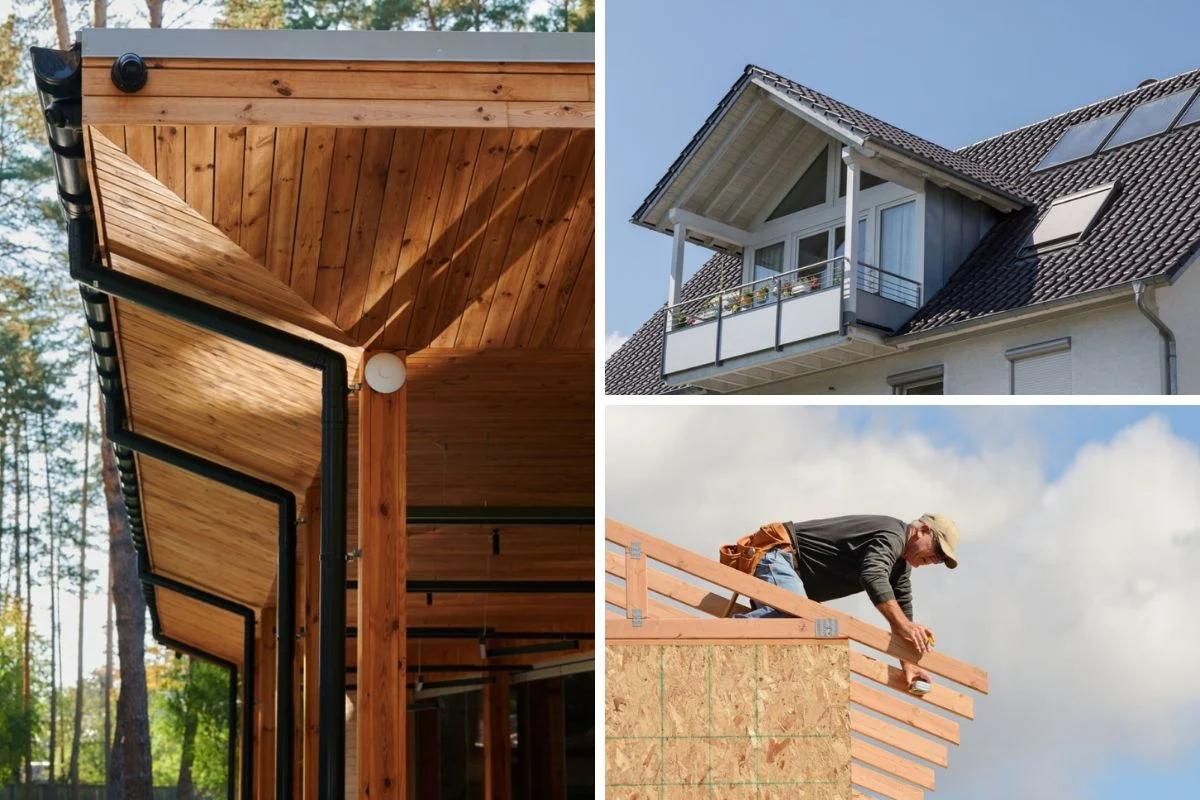

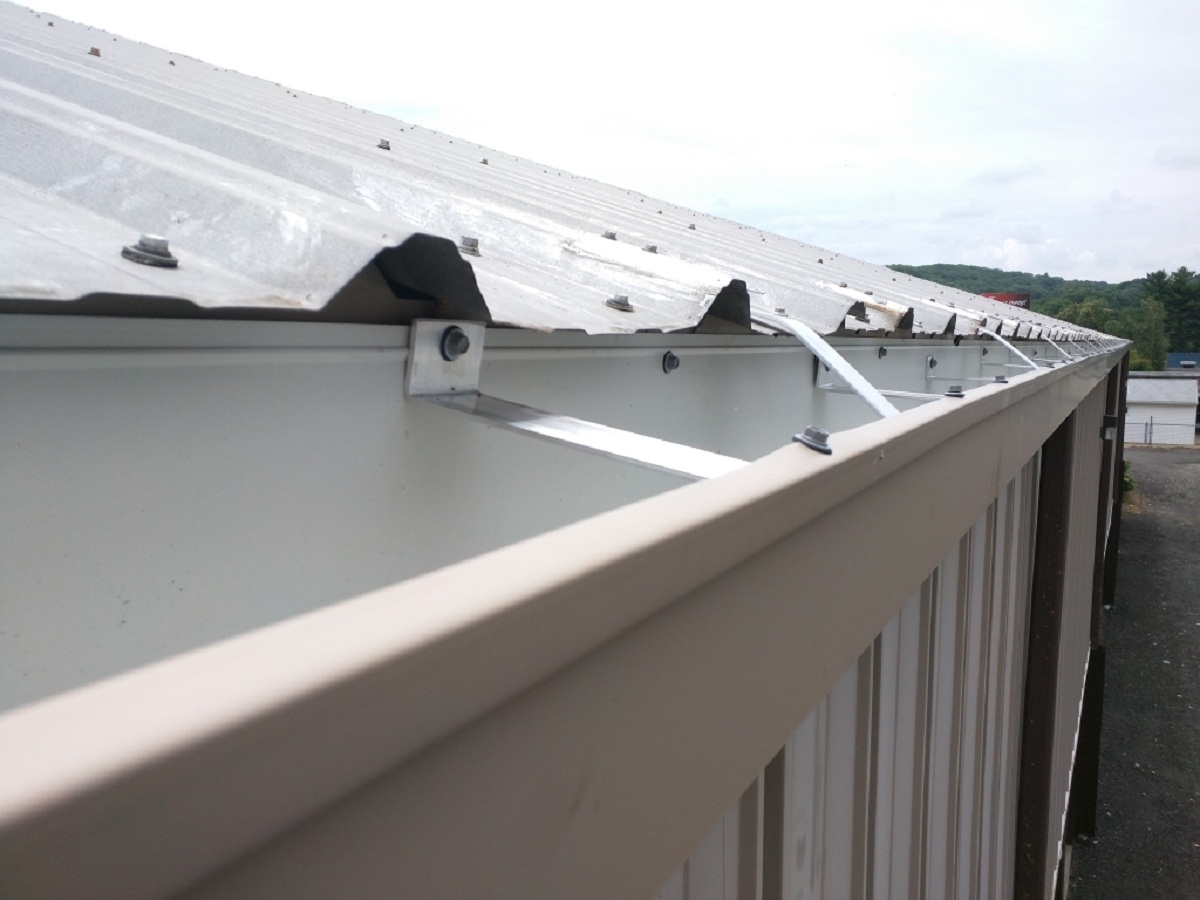
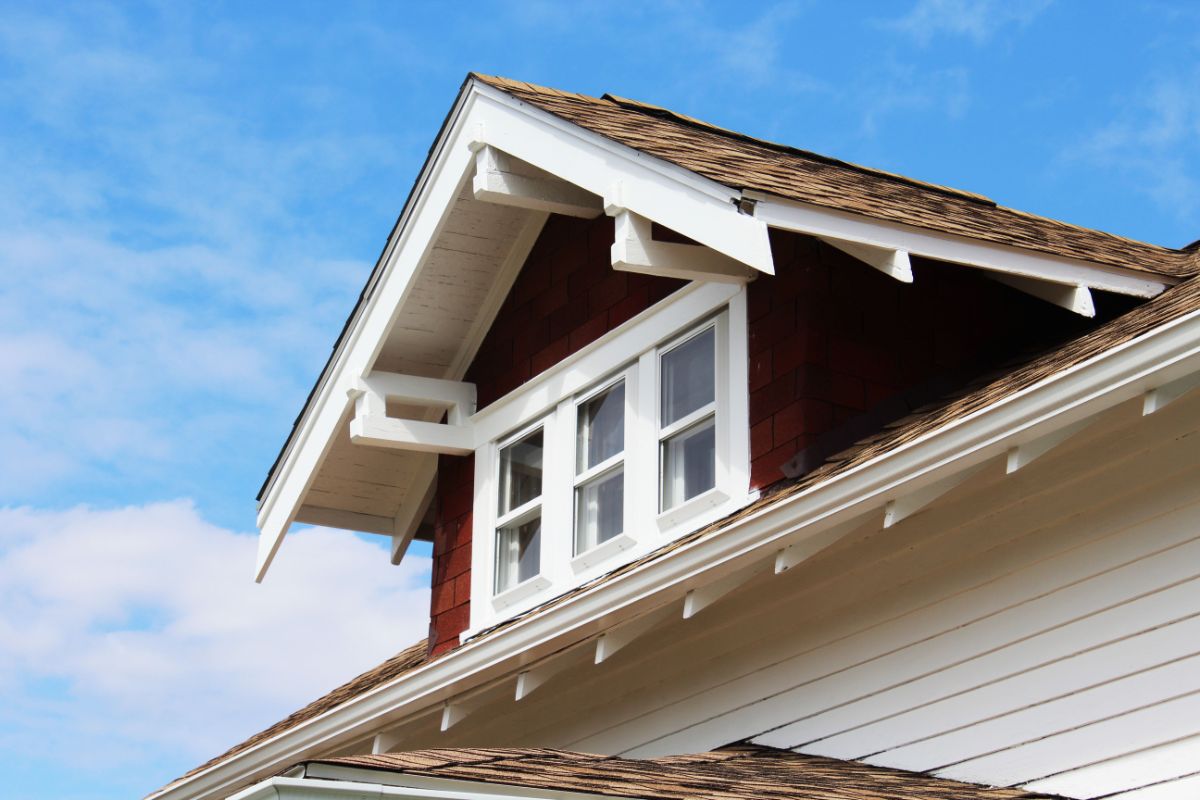
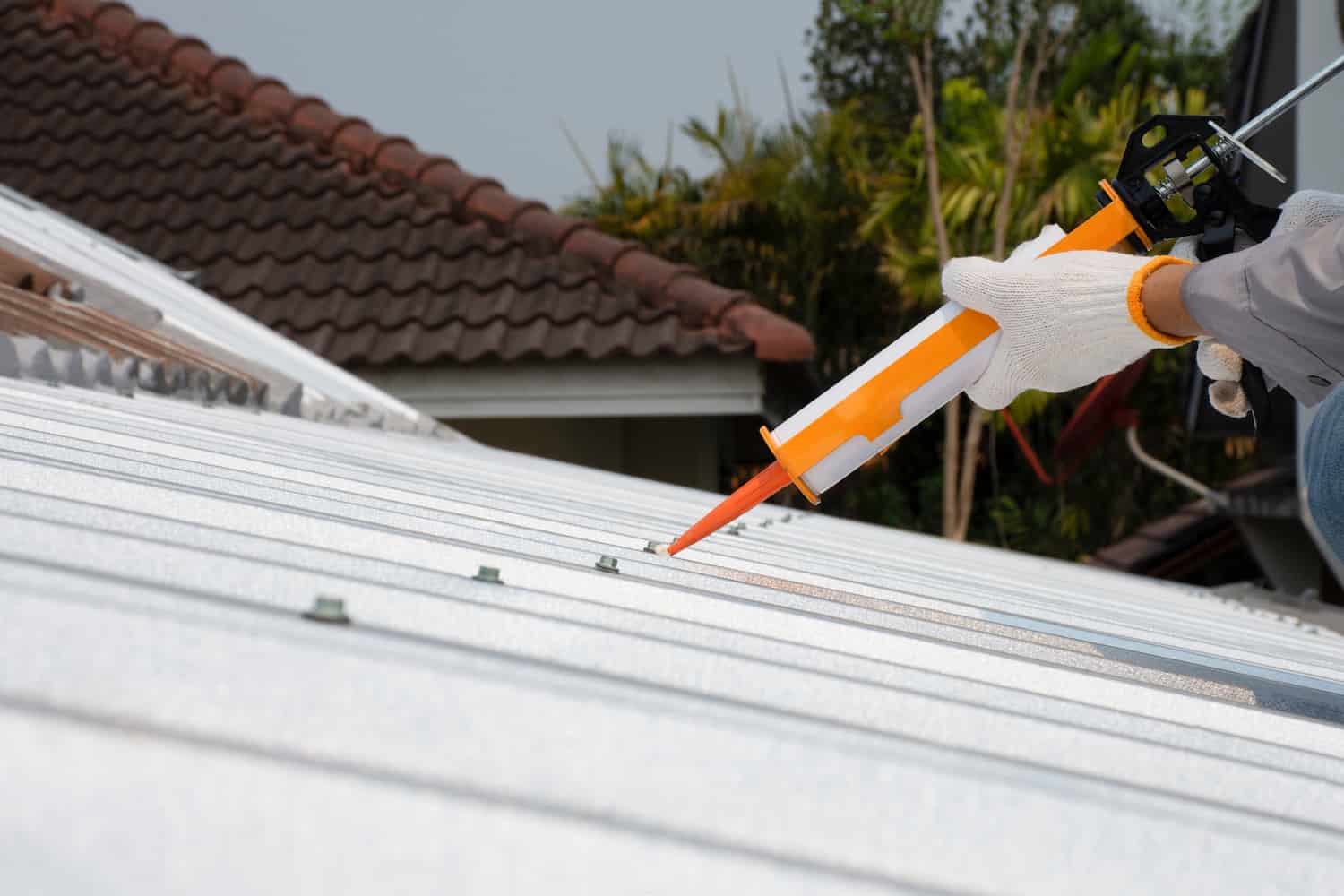
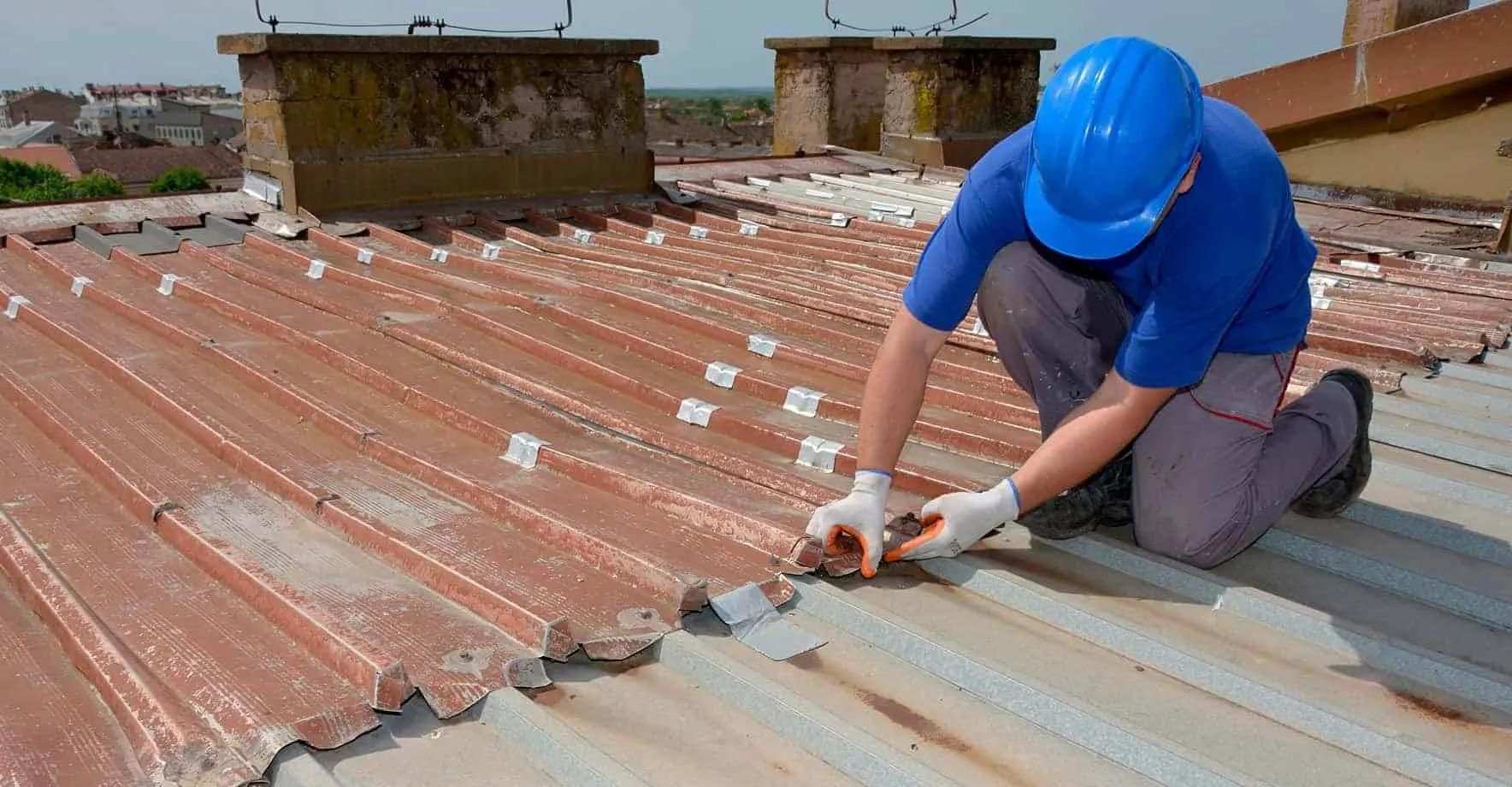

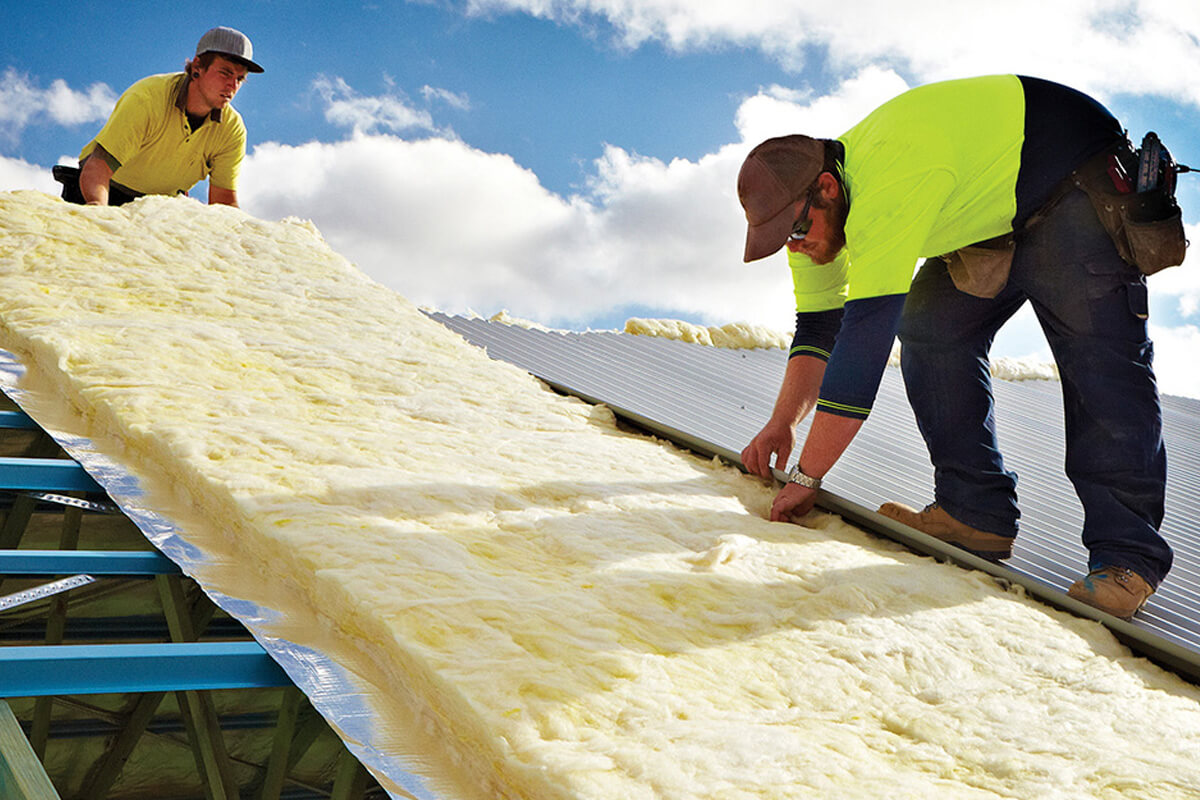
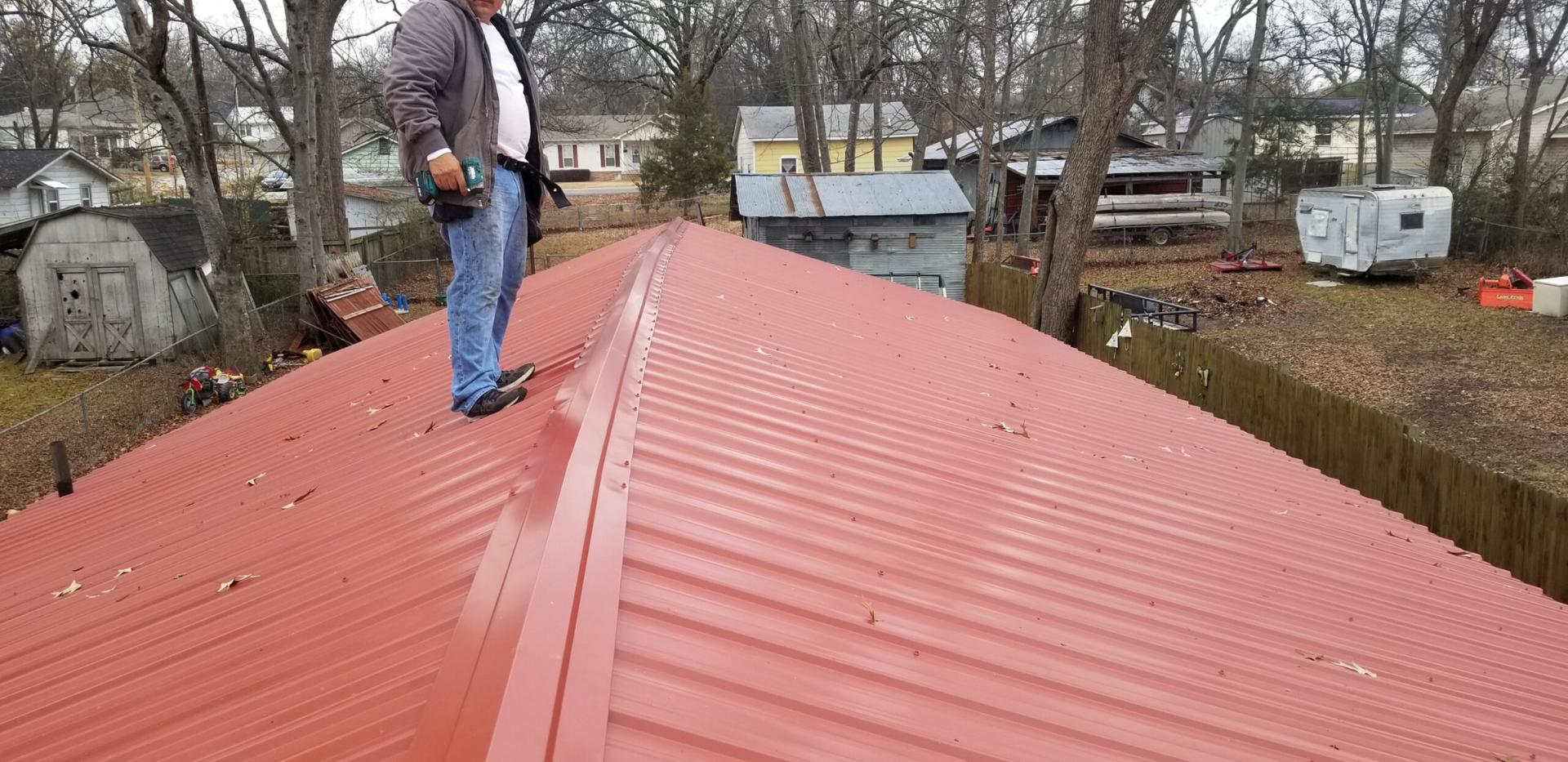
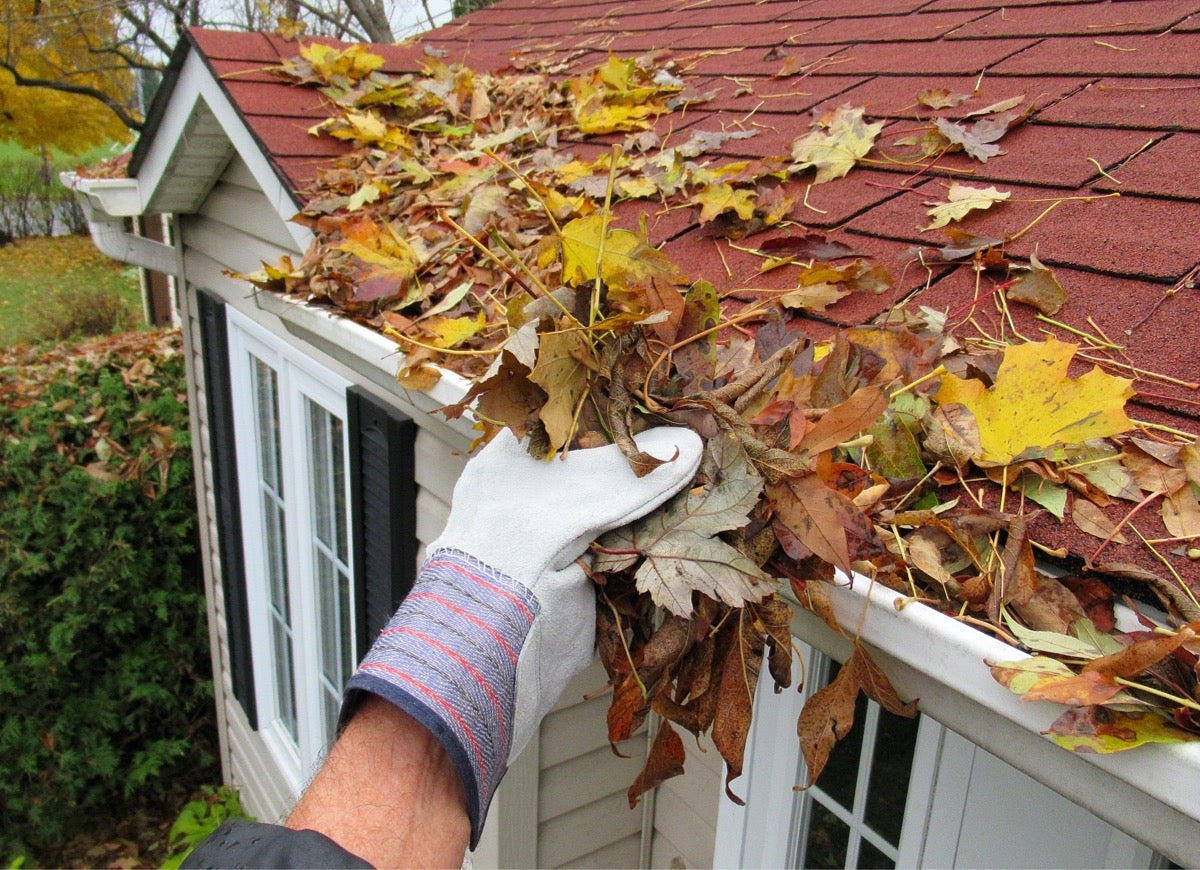
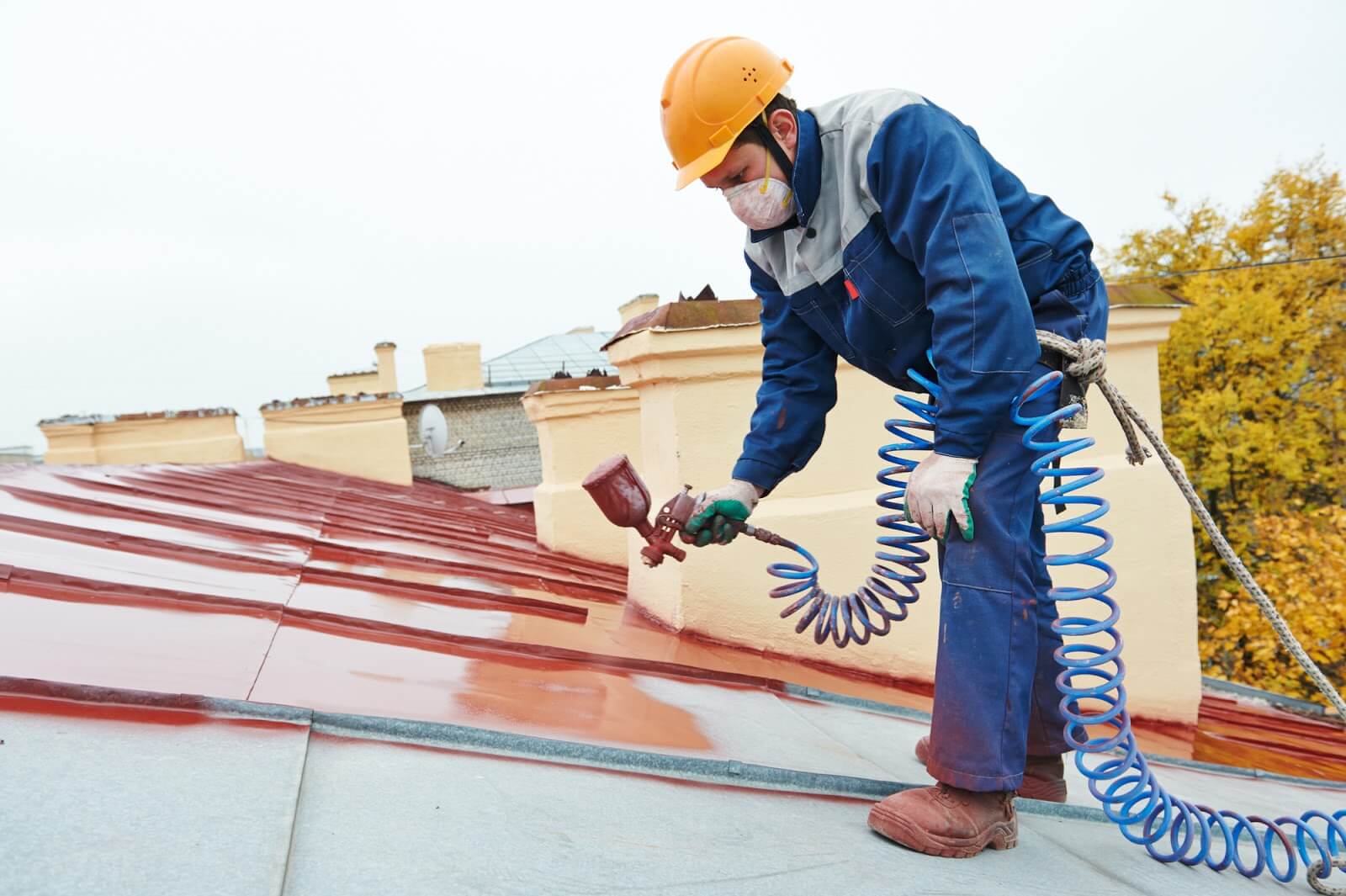
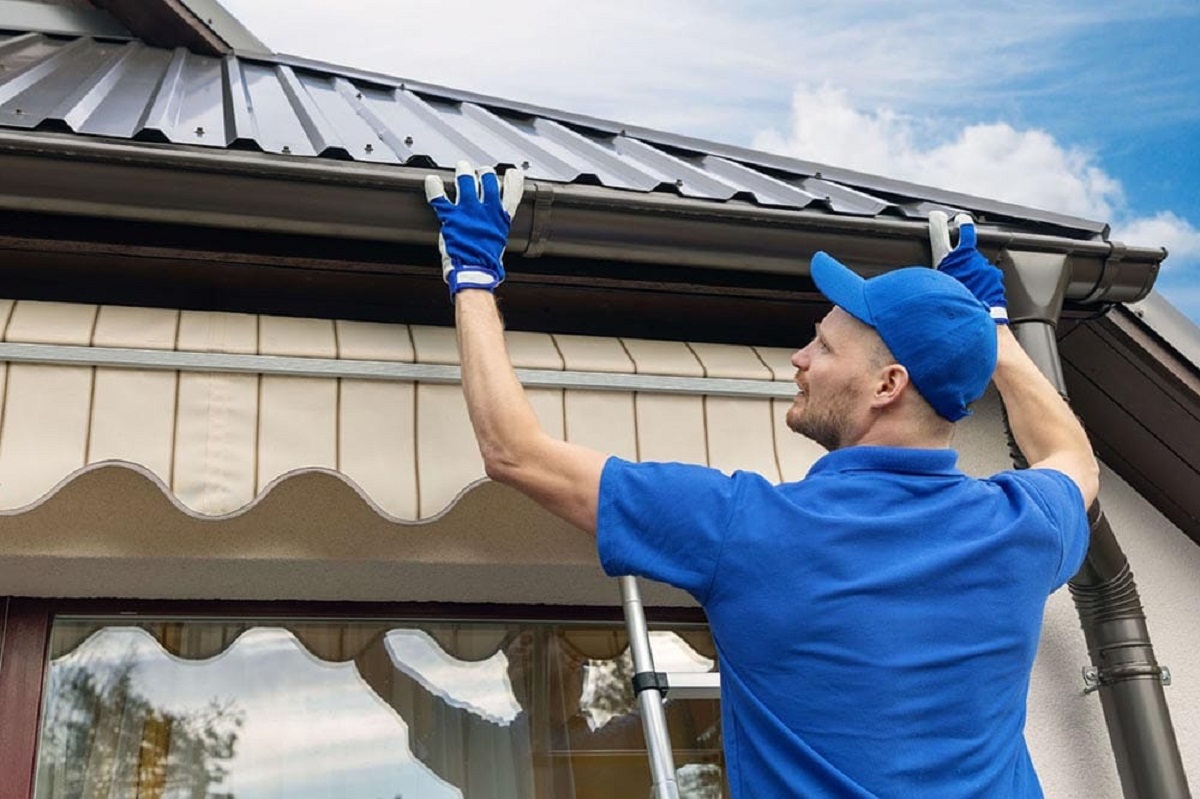
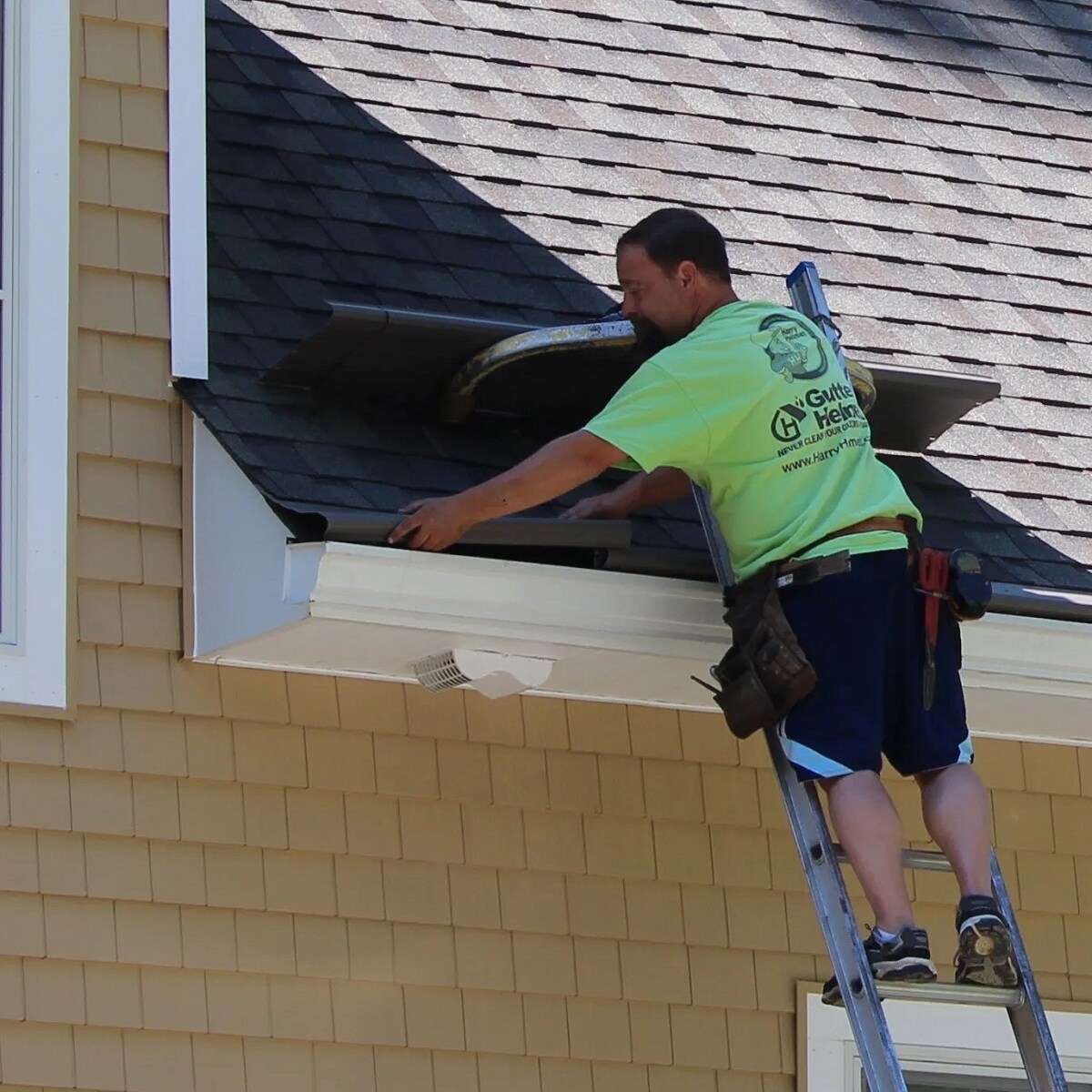
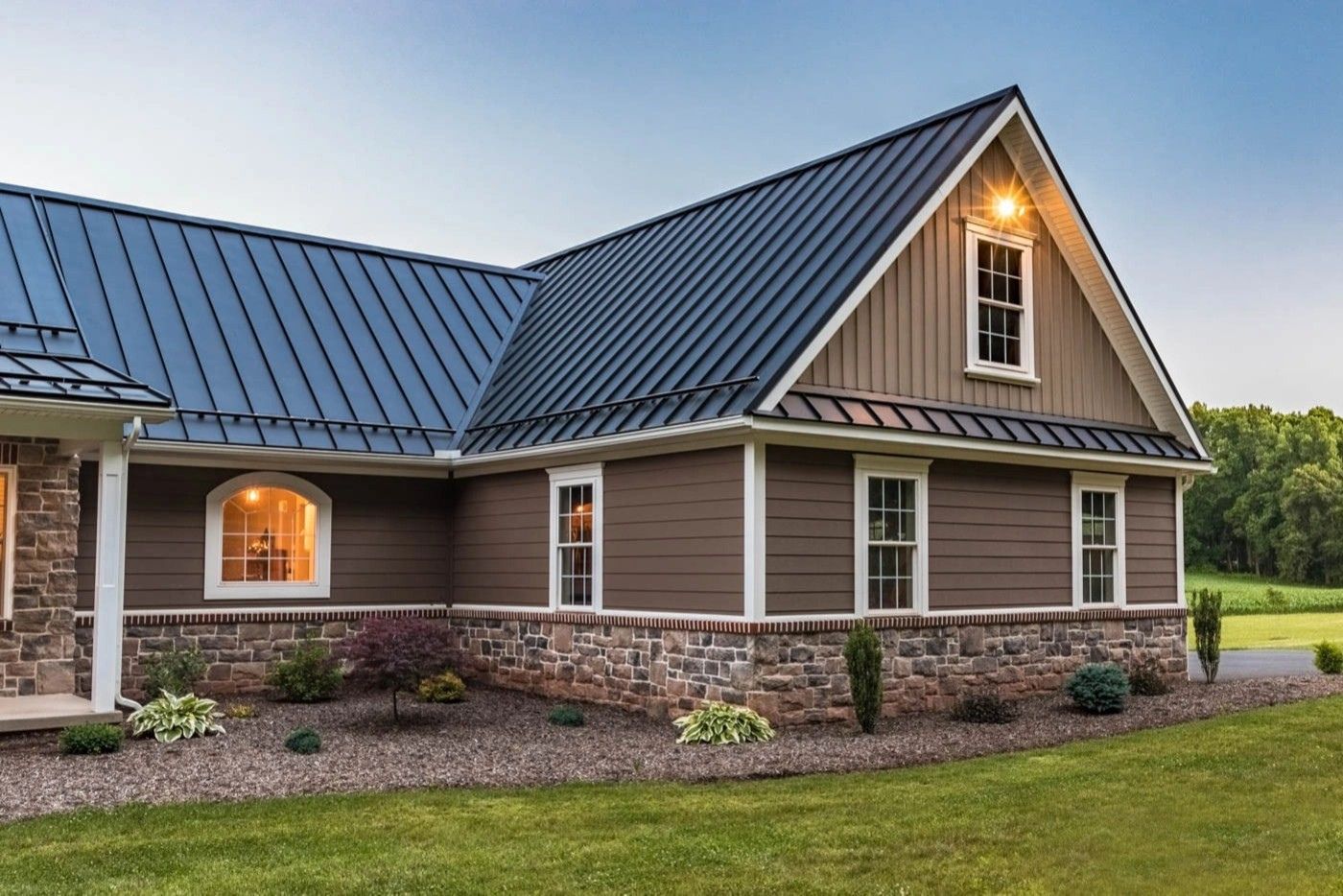

0 thoughts on “How Much Overhang On Metal Roof For Gutters”